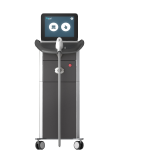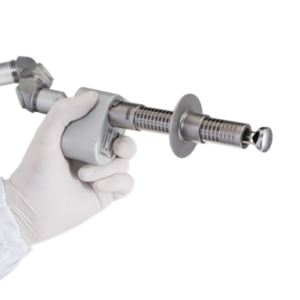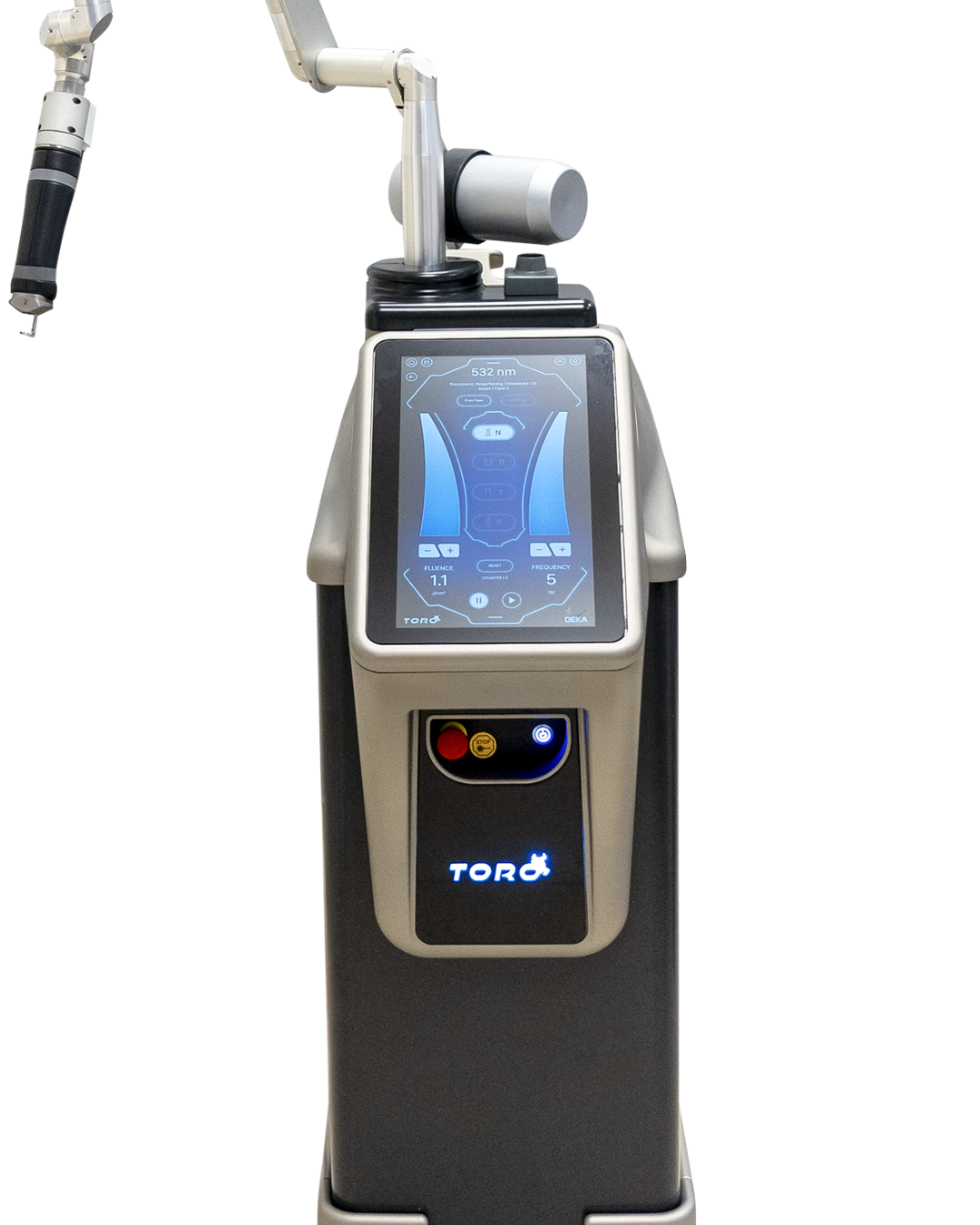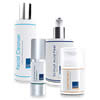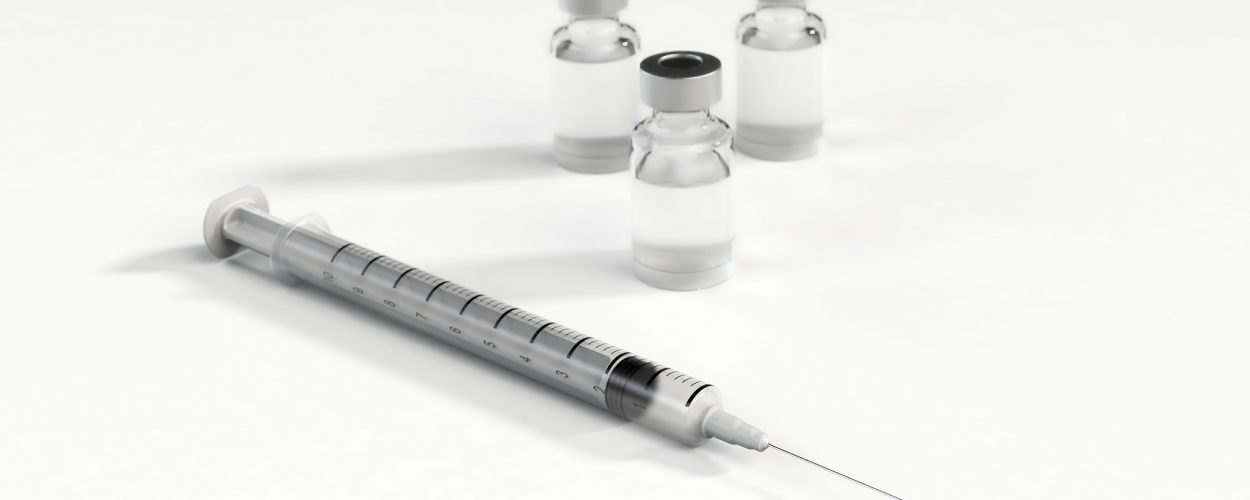
Dr Sam Hills, Clinical Director at Lynton, talks about the potential harms of injectable Melanotan, which is currently untested and unregulated for tanning applications.
As the days start to get longer and warmer, I know that at some point, I will inevitably have to forego the forgiving comfort-blanket of my thick black tights and get my legs ready for Spring! Thankfully, I’ve been lucky enough to have had laser hair removal, so that’s one less thing to worry about, but when you’re so pasty that your natural skin colour is an unbecoming shade of blue, a little bit of a tan can really help move me out of the Morticia Addams zone!
We are all aware of the dangers of UV exposure, so a real tan is out of the question (even if that were a possibility in North-West England!) but application of fake tan can be such a hassle – we’ve all been there with streaks or orange heels – if only there was a way of getting a safe, even, all-over tan….!
Some of you may be familiar with tanning injections which purport to offer exactly that. The active ingredient in these tanning injections is usually Melanotan, a synthetic hormone designed to stimulate pigment cells to produce melanin (the substance that makes skin look darker).
Melanotan is made in different forms, such as a tanning nasal spray, but it is most commonly sold as an injection. It was first developed in the 1980s by a team of researchers from the University of Arizona who knew that melanin already activated in the skin – a tan – could offer a defence against skin cancer. They postulated that an effective way to reduce skin cancer rates in people would be to induce the body’s natural pigmentary system. Unfortunately, various setbacks meant that their product never made it to market for tanning applications.
Although it is available to purchase online, Melanotan is illegal, untested, and unregulated.
It has not been tested for safety, quality, or effectiveness so we don’t know how serious any possible side effects could be. Because they are not regulated, unlicensed Melanotan injections could contain other harmful chemicals that aren’t listed on their label. As well as the side effects and possible health damage from the hormone itself, users could be putting themselves at risk of injecting harmful bacteria into their systems.
As Melanotan is not usually produced in a sterile environment and the powder form should be rehydrated with sterilised water, there is also the risk of spreading infections such as hepatitis or HIV if users share needles. There have been known cases of people ending up with necrosis and scarring just due to the administration of the substance.
These drugs have never been trialled and this means that no one knows what short or long-term effects they can have on the body; there are numerous reports of serious side effects of Melanotan, ranging from sickness and acne, to high blood pressure, flu-like symptoms, all-over body swelling, feeling tired, indigestion, a green tinge to the skin around the forehead and developing darker coloured freckles and dark blotches on the lips. There are even some very peculiar side effects such as involuntary stretching and yawning, and spontaneous erections!
However, most worryingly of all, there are a number of medical studies that have shown that that Melanotan has been linked to the development of melanoma skin cancer[i],[ii]. If that is not enough to put you off, because Melanotan is unregulated, there haven’t been any studies to show how long it lasts in the body, we just know it’s ‘long-lasting’ (at least 6 months). For this reason, if you have ever had a melatonin injection, you may be contraindicated from many different laser treatments and unfortunately, at Lynton Lasers, we have heard about clients having adverse skin reactions due to prior use of tanning injections.
If you have recently used unlicensed Melanotan, then you should stop. See your GP if you start to notice anything unusual, especially if you see any changes in moles or other skin lesions, or if you may be at risk from using or sharing needles. No tan is worth dying for.
[i] http://archive.imj.ie/ViewArticleDetails.aspx?ArticleID=11894
[ii] https://onlinelibrary.wiley.com/doi/abs/10.1111/j.1440-0960.2012.00915.x


